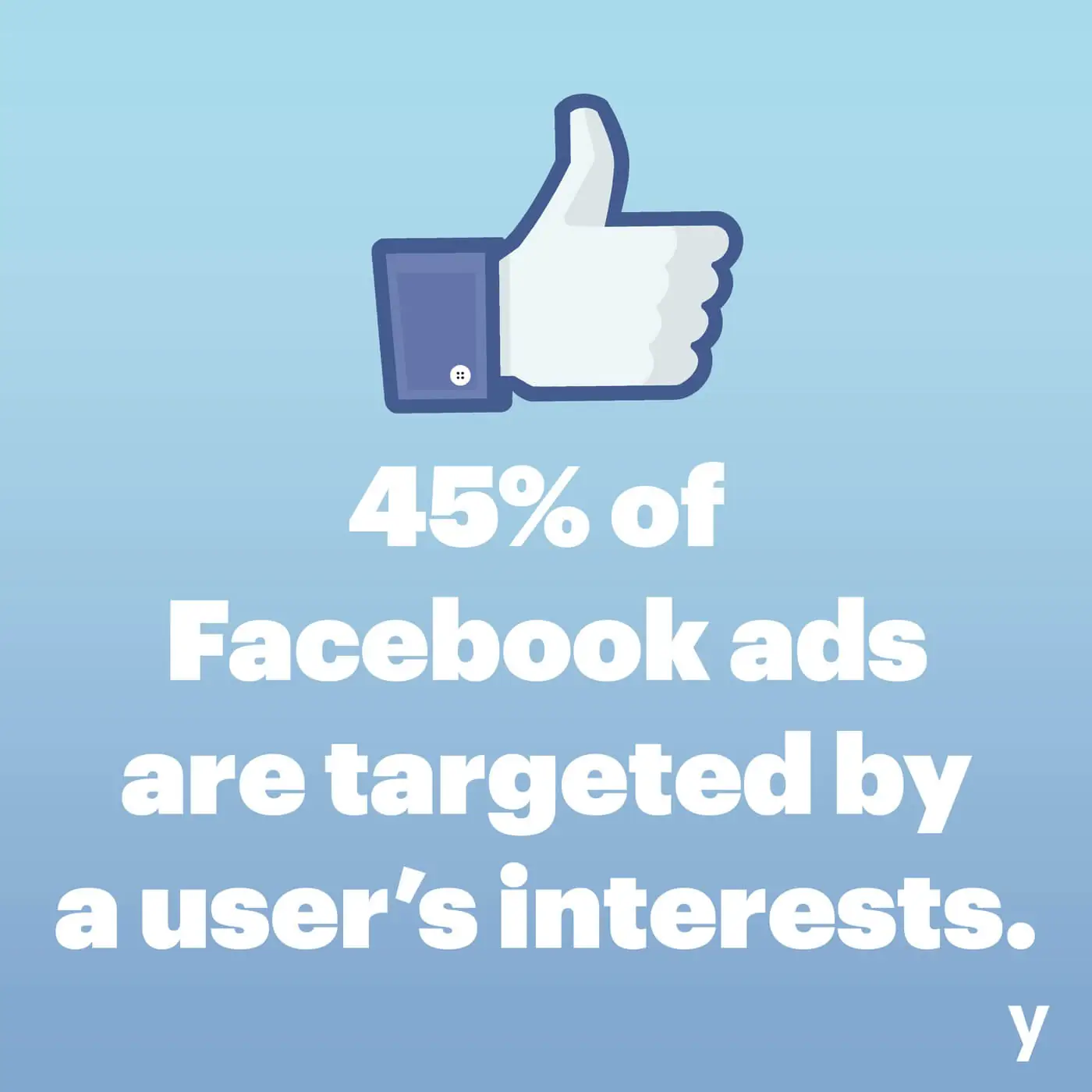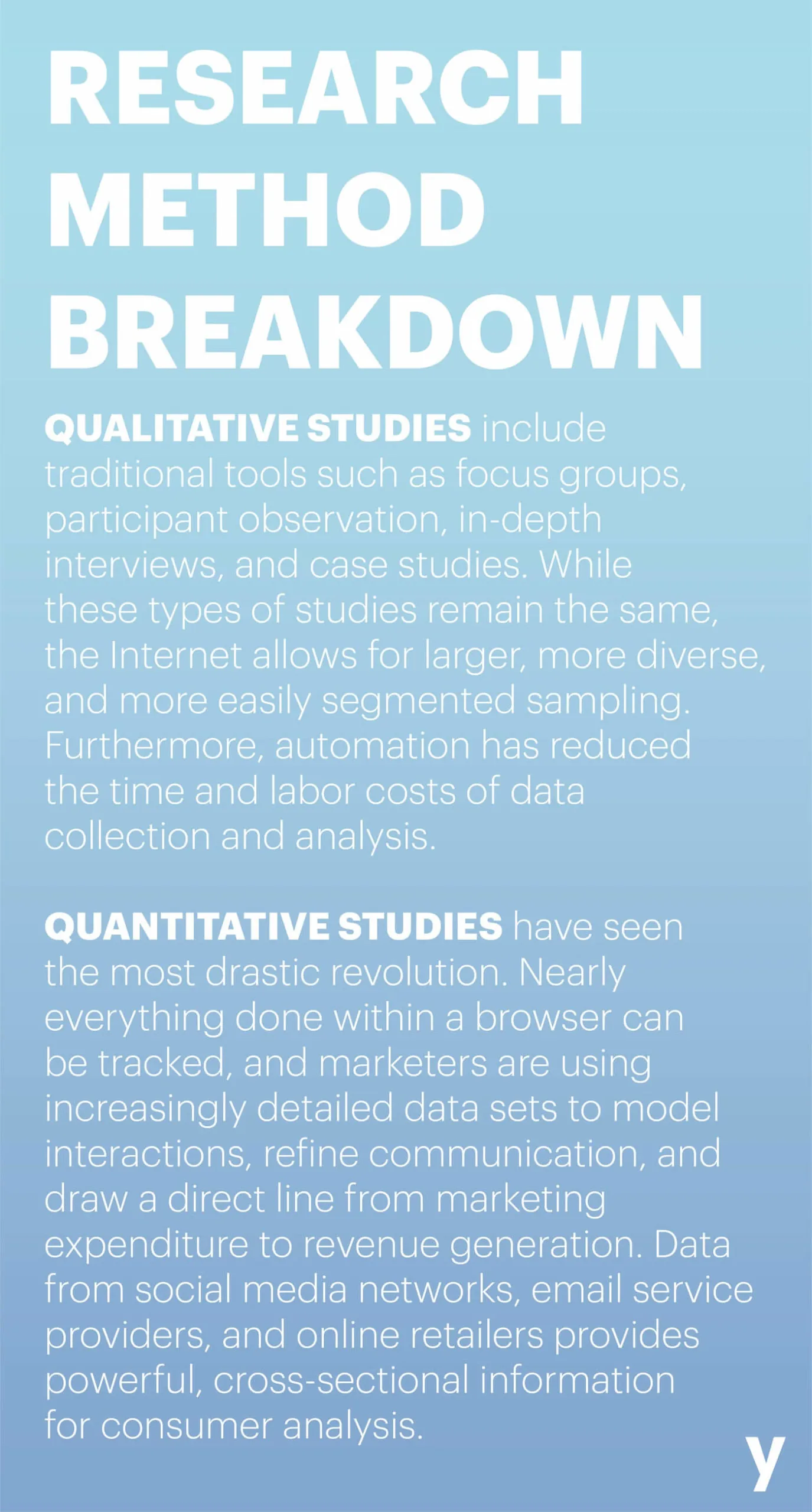Marketing has reached the age of enlightenment. Technological advances in web development, data collection, and cloud storage have provided the tools to dive deep into research. As the artistic renaissance of the 20th century transitions into the scientific approach of the information age, marketing firms with data-driven creative will separate themselves from the competition for their results-oriented approach.
Consumer Research
 It was a brave man who stepped into the first airplane and asked, “Will it fly?” Companies can now test prototypes on new markets while limiting financial risk and brand exposure. Instead of taking an idea to market at great cost, engineers use feedback during the development stage to improve performance and add features.
It was a brave man who stepped into the first airplane and asked, “Will it fly?” Companies can now test prototypes on new markets while limiting financial risk and brand exposure. Instead of taking an idea to market at great cost, engineers use feedback during the development stage to improve performance and add features.
Marketing communications are competitively optimized for maximum impact and return on investment. Deep segmentation has evolved past simple demographic information to include interests, behavior, and qualitative data from multiple sources. Want some examples?
Look at the targeted advertisements featuring products you’ve recently viewed while shopping online. Leave a shopping cart right before checking out, and you might find an email in your inbox with a special coupon enticing you to finish the purchase. Research is faster, more powerful, and more action-oriented than ever—and that focus has lead to a deeper understanding of market structure and organization. In fact, 45% of Facebook ads are interest-targeted to better reach their target audience.
Market Structure
 Market structure describes the agents within a market and how they interact. The basics include a list of competitors and their market share, but advanced analysis can model and predict competitive behavior between firms. Previously the arena of specialized economists, marketing firms have applied the analytic tools for consumer research towards business. And brand management is the result.
Market structure describes the agents within a market and how they interact. The basics include a list of competitors and their market share, but advanced analysis can model and predict competitive behavior between firms. Previously the arena of specialized economists, marketing firms have applied the analytic tools for consumer research towards business. And brand management is the result.
Branding doesn’t level the playing field. It changes the rules and kicks your opponents off the court. Researchers analyze social media, survey results, and customer service interactions to measure sentiment and create a powerful unique value proposition (UVP). This UVP removes competition by differentiating products or services, and it allows businesses to charge a fair price for the value they offer.
Let’s take a hypothetical example. We’ve started a tea company called “Cultivated Tea,” and we want to appeal to avid tea drinkers who appreciate exquisite detail. There are plenty of cheap teas in mass production, and we won’t turn a profit if we are competing with them. Instead, we position ourselves as more robust, ethically farmed, and carefully cultivated tea. We’re in a different class, and we can charge a premium for it.
“We’re not just tea. We’re Cultivated.”
Creating a Plan
Where do you see your company in five years? In which areas do you want to grow as a business? How will you leverage your strengths to gain market share? If your marketing department can’t answer those questions, it’s time to go back to the drawing board. Once leveraged, research used to identify growth opportunities can track performance and maximize a company’s return on assets.
Companies in the U.S. are increasing their marketing efforts, and the increased responsibility comes with tremendous pressure to perform. At Mabbly, our data-driven approach to creative digital marketing can tell your brand story honesty, transparency, and inspiration.




